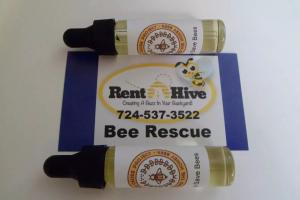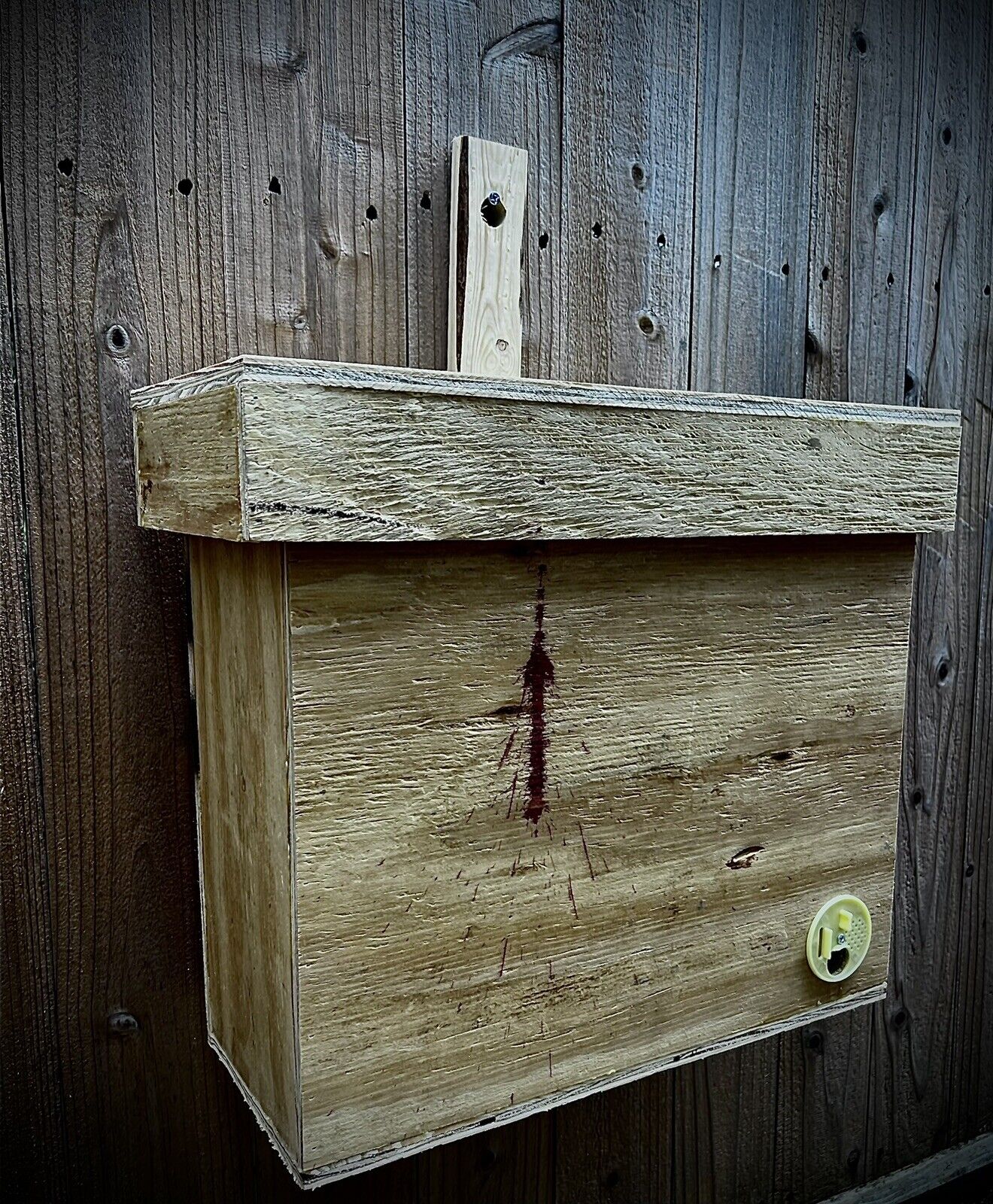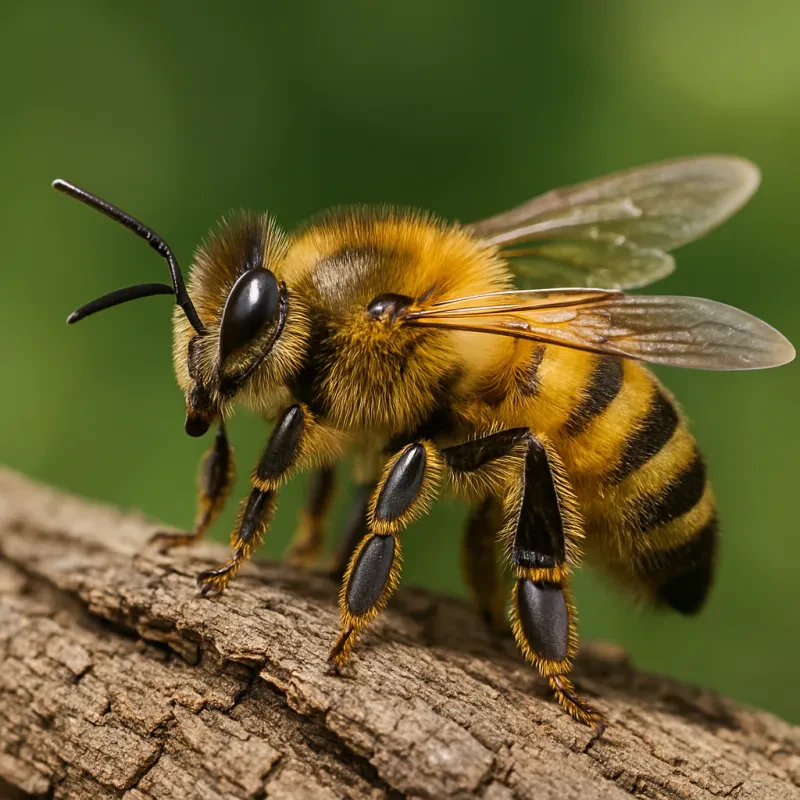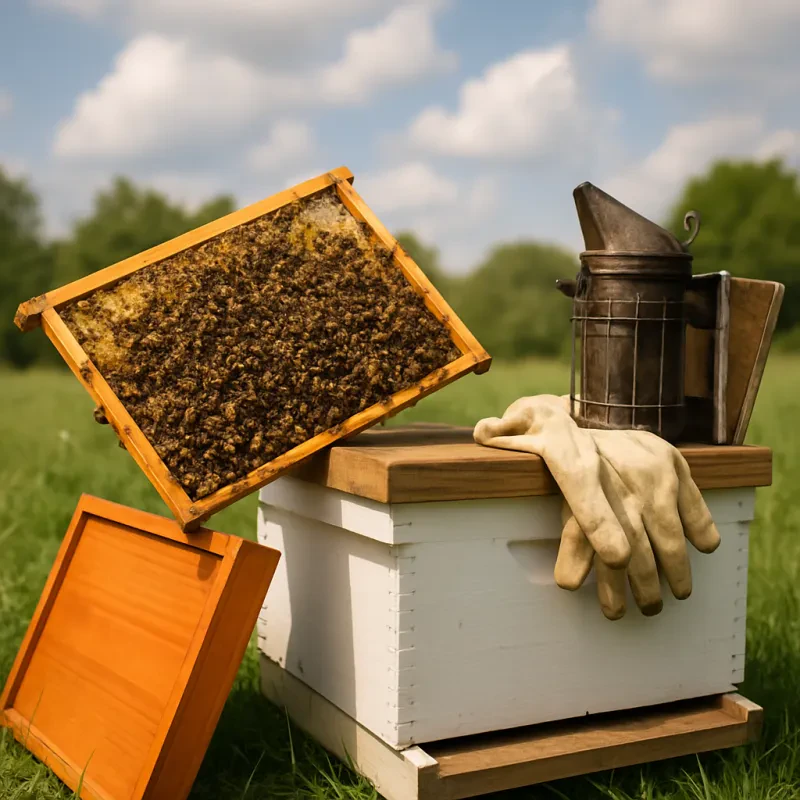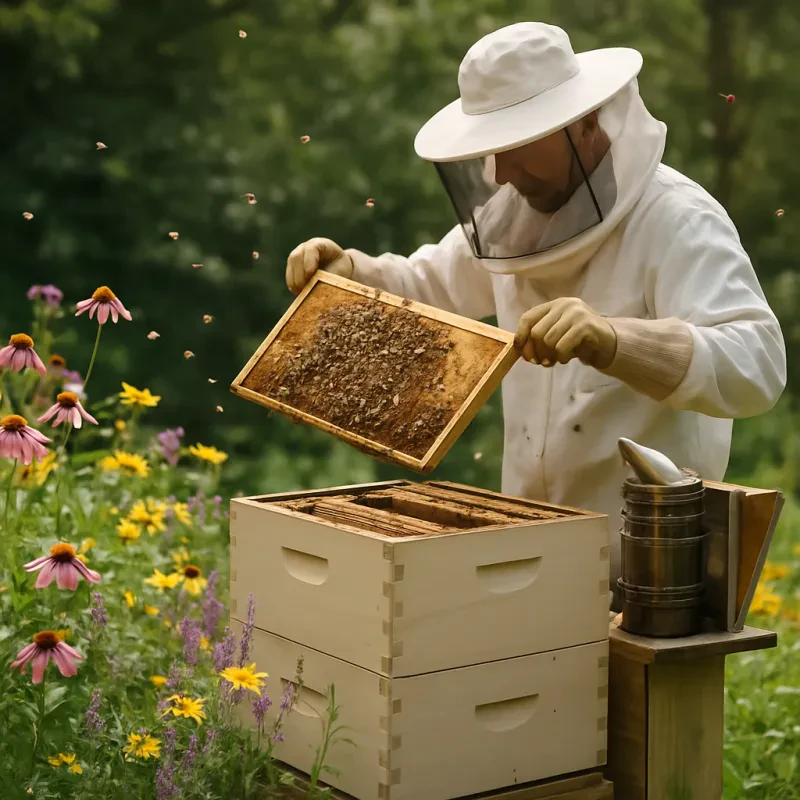Honeybee Swarm Season: Understanding, Preventing, and Recapturing Swarms
Honeybee swarm season, a natural phenomenon occurring primarily in the spring and early summer, marks a period of significant activity and growth within bee colonies. This article delves into the reasons behind honeybee swarming, outlines strategies for its prevention, and provides guidance on actions to take if a swarm occurs, including methods for recapture.
Why Do Honeybees Swarm?
Swarming is a natural part of the honeybee lifecycle, serving as a method for colonies to reproduce and expand. Several factors trigger this behavior:
- Overcrowding: As the colony grows, space within the hive becomes limited, prompting the bees to start the swarming process.
- Resource Abundance: Ample food supplies can lead to rapid population growth, increasing the likelihood of swarming.
- Seasonal Changes: Spring's warmer temperatures and abundant flowering plants stimulate hive activity and growth, leading to swarming.
- Queen Bee Dynamics: The health and age of the queen bee also play a crucial role. A declining or old queen may stimulate the colony to raise a new queen and subsequently swarm.
Understanding these triggers is crucial for beekeepers aiming to manage and prevent unwanted swarming.
Preventing Honeybee Swarms
Prevention is often the best strategy for managing honeybee swarms. Here are several effective prevention techniques:
- Regular Hive Inspections: Frequent checks during the spring and early summer can help identify signs of overcrowding or queen cell formation, indicating a potential swarm.
- Swarm Management Techniques: Techniques such as splitting strong colonies or adding more space (supers) to the hive can help manage bee population and space issues.
- Queen Management: Requeening with a new, young queen every few years can reduce swarming tendencies, as younger queens are less likely to lead a swarm.
- Provide Adequate Space: Ensure that the hive has enough room for the colony to grow. Adding extra frames or boxes can give bees more space, reducing the impulse to swarm.
What to Do If Bees Swarm
If prevention measures fall short and a swarm occurs, here are steps to safely and effectively manage the situation:
- Stay Calm: Swarming bees are generally docile, as they do not have a hive to defend. Avoid sudden movements or loud noises that might provoke them.
- Contact a Professional: A local beekeeper or pest control professional can safely capture and relocate the swarm. They have the expertise and equipment needed for this task.
- Keep People and Pets Away: While swarming bees are less aggressive, it's crucial to keep people and pets at a safe distance to avoid any potential risks.
Recapturing a Swarm
Recapturing a swarm, especially for beekeepers wanting to retain their bees, involves several steps:
- Locate the Swarm: Swarms often cluster on tree branches or other structures near the original hive.
- Prepare a New Hive: Place a new hive box or a temporary container near the swarm's location.
- Gently Collect the Swarm: Wearing protective gear, gently brush or shake the swarm into the new hive box. The presence of the queen will attract the rest of the bees into the box.
- Secure the New Location: Once the bees have settled, secure the hive box and move it to a permanent location during the evening when all bees are inside.
In conclusion, honeybee swarm season is a critical time for beekeepers and those living near bee populations. Understanding why swarming occurs, implementing prevention strategies, and knowing how to respond if a swarm happens are key to safely and effectively managing this natural behavior. With proper knowledge and preparation, the impact of swarming can be minimized, ensuring the health and productivity of honeybee colonies.
